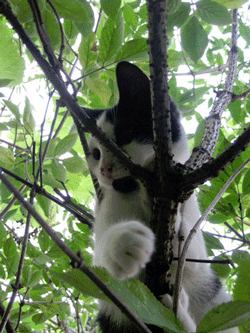
by Lisa J. Lehr (Lisa is a regular contributor to this site)
If you’ve been in business for any length of time, you know that getting new customers is a lot more work—and a lot less profitable—than selling more to your existing customers. Needless to say, people who’ve bought from you in the past already have a relationship with you, so they don’t need to be sold; they only need to be reminded to come back for more.
People have short memories and fickle habits. If your competitor has offered your past customers some sweet deal, “your” customers may well stray from you to cash in the coupon (or whatever it is), receive good service, and switch loyalties, never to be seen again. The good news about that is…you can do the same thing, and get them back. And not only that: you can keep them coming back.
First step: get in touch with those past customers. If you already have their e-mail addresses, great; if not, you’ll need to use postal mail. An inexpensive, simple way to do this is with a postcard, which will need to do the following:
· Tell your readers what to do: visit your store (for example, bring in the postcard for a special offer) or your website (to opt in to your list).
· Follow the usual rules of good sales writing. Words sell!
· Be attractive: following the rules of good design, yet not devoting so much space to graphics that you run out of space for words.
· Entice your readers with what they’ll get when they take the next step. (Coming into your store gets them a discount or a freebie; opting in to your list gives them a heads-up on all specials, sales, and new offerings.)
· Use both sides of the postcard. An often-overlooked strategy: put a map to your place of business. You’d be surprised—even customers who know where you’re located are more likely to visit if you show them how to get there!
· Be prepared with the second step, i.e., whatever you’re going to give them when they visit your website or your store.
Now, once you’ve reestablished your relationship with your past customers, keep them! This is where your e-mail list is so important. You’ll stay top-of-mind, and when they need something, they’ll come to you—not your competitor. An essential part of the process is a website. The e-mails they get from you will be completely automated and anti-spam-compliant.
If you don’t have one yet, we seriously need to talk!
Lisa J. Lehr is a writer and copywriter living in Grass Valley. She can help you promote your business with a full range of online and offline marketing pieces. A member of Empire Toastmasters, she’s available to speak to your business or professional group. Visit her website www.justrightcopy.com for more information, opt in for a message series, and receive a free Marketing Guide.

